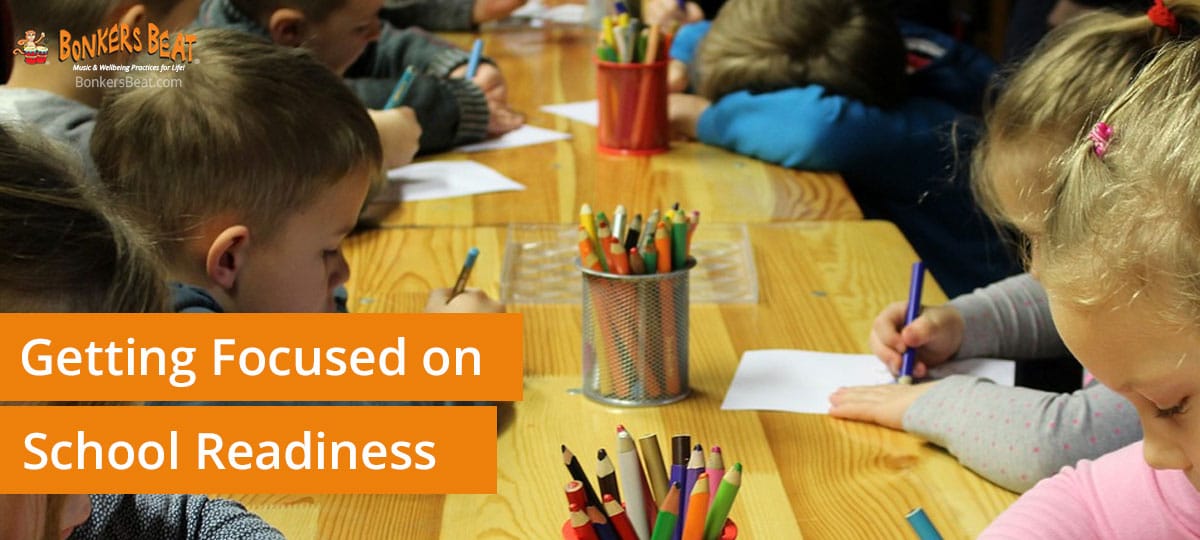Getting focused on school readiness
While schools work hard to help children transition, the four year-old kindergarten year of a child’s early childhood education is where school readiness begins.
It’s so important for children’s wellbeing that we ensure they are ready to commence their primary school years allowing an optimal start to their formal education.
Let’s explore how to assess school readiness in children and some useful reminders for educators and parents as they look towards primary school for the children in their care.
Key areas to assess school readiness
There are many areas we can look at to assess a child’s school readiness. Often it’s the combination of a child’s accomplishment of these school readiness areas that enables them to thrive.
According to renowned early childhood expert Kathy Walker, there are 7 key areas that should be considered when assessing a child’s school readiness. Some of these areas include:
- Separate easily from parent / carer at preschool drop off
- Self initiate, engage and sustain engagement (6 – 8 minutes), have the skills to solve basic problems and ask for help from the educator if needed
- Have basic independence skills (able to put shoes and socks on, art smock on, toileting independently)
- Self regulate their emotional response when they need to do something they don’t want to (eg don’t tantrum when it is time to pack up).
You can take a look at Kathy Walker’s school readiness fact sheet here.
We also spoke to a primary school Prep coordinator about school readiness. She has shared her recommendations of ten things children starting primary school would ideally be able to do:
- Take care of their belongings including books and uniform
- Put things away when they are no longer being used
- Pack their lunchbox with various compartments for different items
- Use the bathroom independently and confidently
- Tie their own shoelaces
- Write their own name
- Recite the alphabet
- Count from one to ten, and from ten to one
- Be confident with zips, buttons and velcro
- Listen and focus
Utilise your school readiness funding
School Readiness Funding can help your centre give children a huge boost as they prepare for school. In fact, the Bonkers Beat programs are featured as an evidence-informed option for your centre. This gives children the skills they need for a smooth, empowered and confident transition to primary school, along with a range of other programs focused on school readiness.
What all the programs on the School Readiness funding menu have in common, including Bonkers Beat programs, is that they address these three priority areas:
- Communication (language development)
- Wellbeing (social and emotional)
- Access and inclusion.
School readiness is more than just age
The most important thing for us as educators to remember and to remind parents of is that school readiness is more than just turning the correct age for enrolment into primary school.
Australia has one of the lowest formal schooling entry ages in the world, and some of the most impressive educational systems begin at age 6 and 7. Each child is unique and special and should be assessed for their readiness to start school based on their individual capabilities. This is so they can thrive at school long-term and have the best opportunities to get the most out of primary school.
Kathy Walker’s school readiness fact sheet is on our Facebook page. Please also share with us, on this post, what steps your childcare centre takes to prepare children for primary school.





